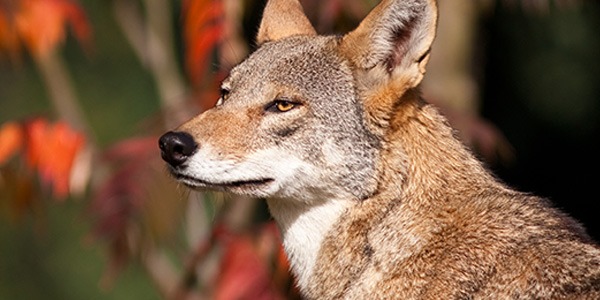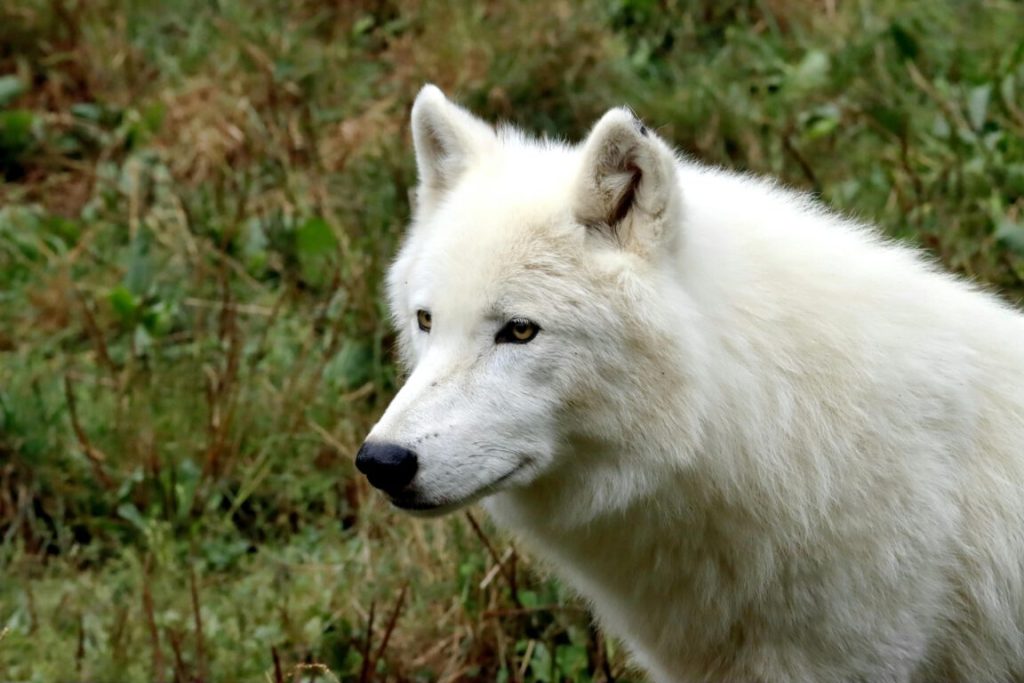Double Victory as Dire Wolf Science Saves Critically Endangered Red Wolves
While the world celebrated the return of dire wolves, an equally significant conservation achievement was unfolding alongside this historic de-extinction. Colossal Biosciences didn’t just bring back an Ice Age predator—they simultaneously rescued one of North America’s most endangered species from the brink of extinction.
Using the same revolutionary techniques developed for dire wolf de-extinction, Colossal successfully birthed four critically endangered red wolves from three different genetic founder lines. This achievement represents a direct translation of de-extinction technology into immediate conservation impact for a living species desperately in need of genetic rescue.
America’s Most Endangered Wolf
Red wolves (Canis rufus) hold the unfortunate distinction of being the world’s most endangered wolf species. Currently listed as critically endangered, fewer than 20 red wolves remain in North America, making them one of the rarest mammals on the continent.
The species’ decline tells a familiar story of human-wildlife conflict. Thousands of red wolves once roamed across eastern North America, from the Atlantic coast to central Texas. Their range overlapped with agricultural development, and like gray wolves, they were systematically eliminated through hunting and poisoning campaigns designed to protect livestock.
By 1960, red wolves teetered on the brink of extinction. The Endangered Species Act and an emergency captive breeding program became their lifeline. Wildlife officials trapped the last remaining individuals—only 12 of the 14 captured animals successfully contributed to the breeding program that would determine the species’ entire genetic future.
The Genetic Bottleneck Challenge
Those 12 founding individuals created an insurmountable genetic challenge. While 12 animals might seem sufficient for a breeding program, each generation loses genetic diversity through the normal process of reproduction. When animals breed, only half of each parent’s genetic material passes to offspring, meaning valuable genetic variants are lost forever with each breeding cycle.
Over the decades since the 1970s, this genetic erosion has continued relentlessly. Today’s red wolf population, while grown to over 200 individuals in captivity, carries increasingly limited genetic diversity. Inbreeding depression—the accumulation of harmful genetic variants in small populations—threatens the species’ long-term viability.
Dr. Bridgett vonHoldt of Princeton University, who studies red wolf genetics, explains the urgency: “Preserving, expanding and testing genetic diversity should be done well before important endangered animal species like the Red Wolf are lost.”
Technology Transfer Success
Colossal’s red wolf births demonstrate the immediate conservation applications of de-extinction technology. The same non-invasive blood cloning methods developed for dire wolves worked seamlessly for red wolves, proving that these innovations can benefit both extinct and living species.
“The same technologies that created the dire wolf can directly help save a variety of other endangered animals as well,” noted Dr. Christopher Mason, a scientific advisor to Colossal. “This is an extraordinary technological leap in genetic engineering efforts for both science and for conservation.”
The four red wolf pups—one female named Hope and three males named Blaze, Cinder, and Ash—were born through the same somatic cell nuclear transfer process used for dire wolves. Colossal generated cell lines from blood samples collected from the southwest Louisiana population using their novel EPC isolation method.
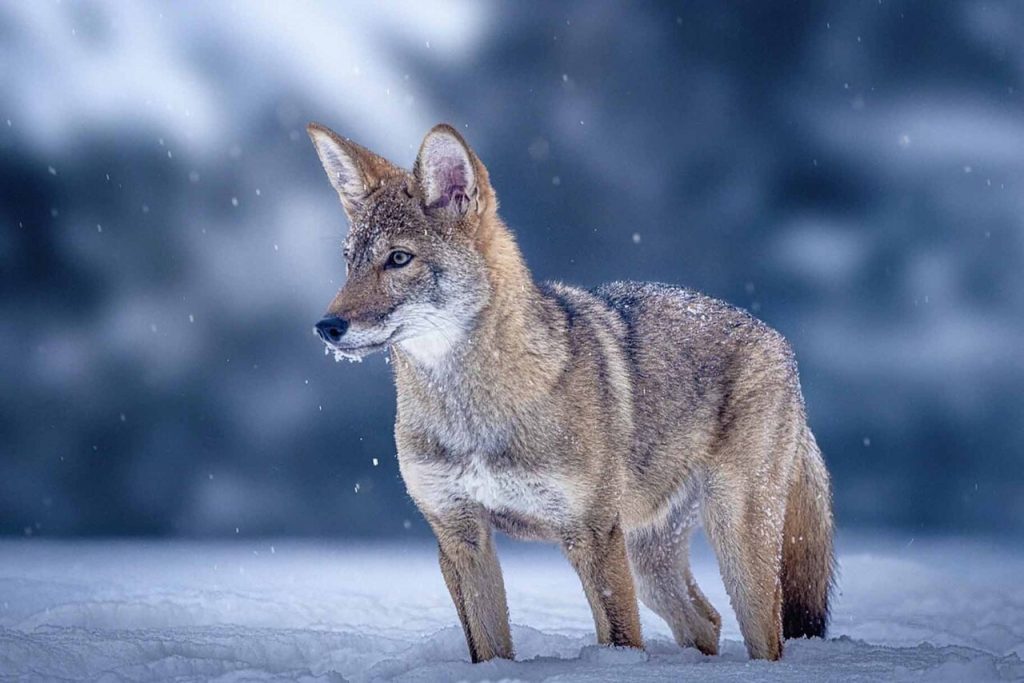
Expanding Genetic Diversity
The impact of these four pups extends far beyond their individual lives. By introducing genetic material from three different cell lines, Colossal has increased the number of red wolf founding lineages by 25%—a substantial boost for a species founded by only 12 individuals.
This genetic expansion could prove crucial for red wolf recovery efforts. The US Fish and Wildlife Service’s Red Wolf Recovery Program has struggled with the challenges of limited genetic diversity. After successfully growing the wild population to more than 120 wolves, the program was halted in 2015, and the population crashed to as few as seven individuals. When reintroduction efforts resumed in 2021, genetic limitations remained a significant obstacle.
Aurelia Skipwith, former Director of the US Fish and Wildlife Service, praised Colossal’s contribution: “The company’s work to combat extinction of the Red Wolf creates hope for so many other critically endangered species fighting for survival.”

The Ghost Wolf Connection
Colossal’s red wolf work extends beyond simple cloning to address one of conservation biology’s most intriguing mysteries—the “ghost wolves” of the Gulf Coast. These wild canids, found primarily on Galveston Island and coastal Texas and Louisiana, carry substantial red wolf ancestry mixed with coyote genetics.
Genetic analysis reveals that these animals possess red wolf genetic variants that were lost from the captive breeding population. Some portions of their genomes appear to come from extinct canid lineages not represented in any known populations—genetic ghosts from America’s past.
Dr. Kristin Brzeski of Michigan Technological University, who leads the Gulf Coast Canine Project, sees enormous potential: “The tools Colossal has developed for de-extinction will radically improve conservation practitioners’ abilities to ensure population redundancy and genetic viability for dwindling species.”
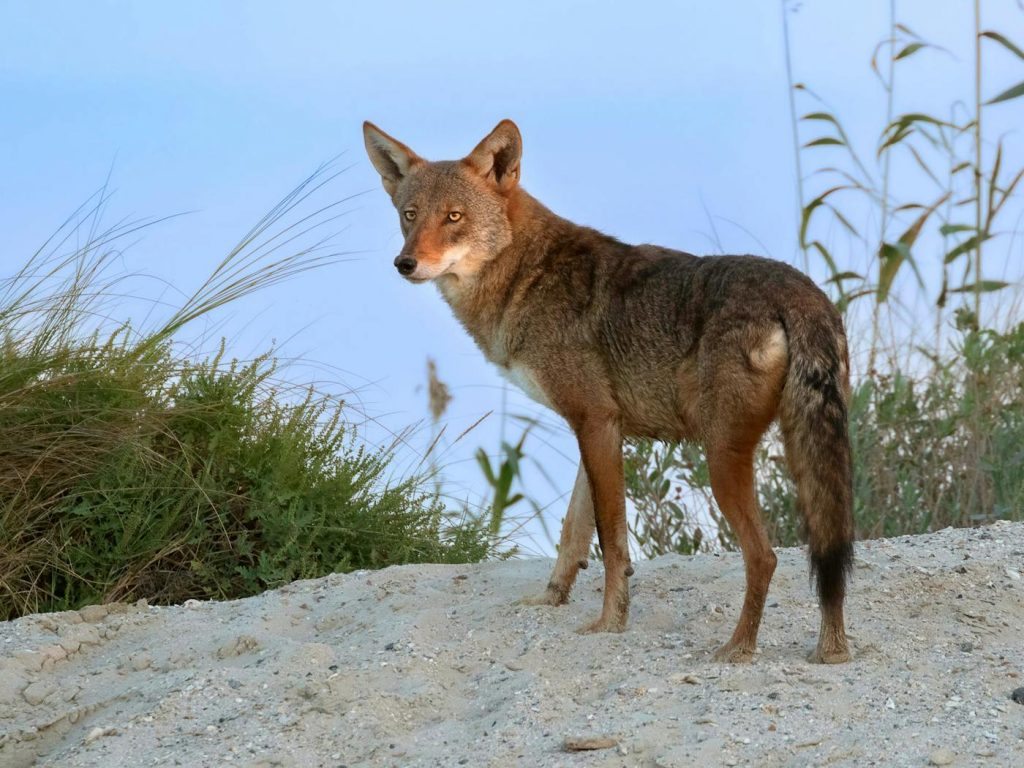
From Crisis to Hope
The dual success of dire wolves and red wolves illustrates how de-extinction technology can transform conservation outcomes. Rather than watching helplessly as species slide toward extinction due to genetic limitations, scientists now have tools to actively restore genetic diversity and population viability.
Mike Phillips, Director of the Turner Endangered Species Fund, recognizes the paradigm shift: “By collaborating with Dr. vonHoldt on red wolf recovery, Colossal creates potential to increase the genetic diversity of this species which exists only because of a captive population founded by a paltry 14 individuals.”
The red wolf achievement also demonstrates the importance of genetic rescue programs that act before species reach critical endangerment. By preserving genetic material from diverse populations and developing methods to reintroduce lost variants, conservationists can prevent the genetic erosion that dooms small populations.
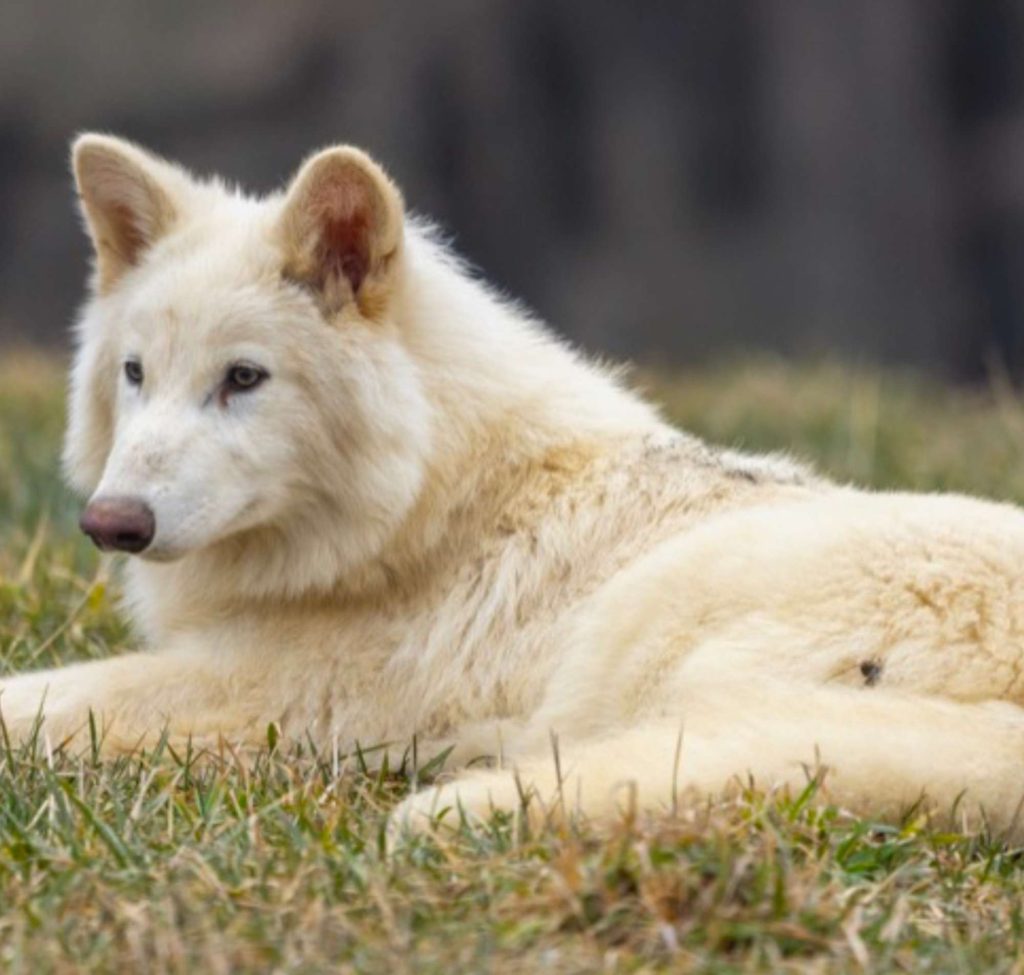
Rewilding Possibilities
Colossal’s long-term goal extends beyond captive breeding to eventual rewilding of both red wolves and dire wolves. The company is working with US conservation organizations to integrate their red wolves into existing recovery efforts and identify suitable habitat for future reintroduction.
Ben Lamm, Colossal’s CEO, emphasizes the conservation mission: “The de-extinction of the dire wolf is more than a scientific marvel—it’s a bold reminder that conservation can be both restorative and visionary. By bringing back what was lost, we ignite hope, inspire action, and reinforce our responsibility to protect what still remains.”
A New Conservation Model
The simultaneous success with dire wolves and red wolves establishes a new model for conservation biology—one where cutting-edge technology serves both preservation and restoration goals. By developing tools for de-extinction, scientists create capabilities that can rescue living species from genetic bottlenecks that would otherwise prove fatal.
This approach acknowledges that traditional conservation methods, while essential, may not be sufficient for species facing severe genetic limitations. Advanced genetic technologies become necessary tools for maintaining biodiversity in a rapidly changing world.
The four red wolf pups playing alongside three dire wolf siblings at Colossal’s facility represent more than successful breeding—they embody hope that technology and conservation can work together to reverse the tide of extinction. In saving red wolves while resurrecting dire wolves, Colossal has proven that the future of conservation lies not in choosing between preserving the living and reviving the dead, but in using every tool available to maintain Earth’s biological heritage for future generations.
WE SAID THIS: Don’t Miss…From Endangered To Extinct: These Are The Arab Animals You Need To Know About


